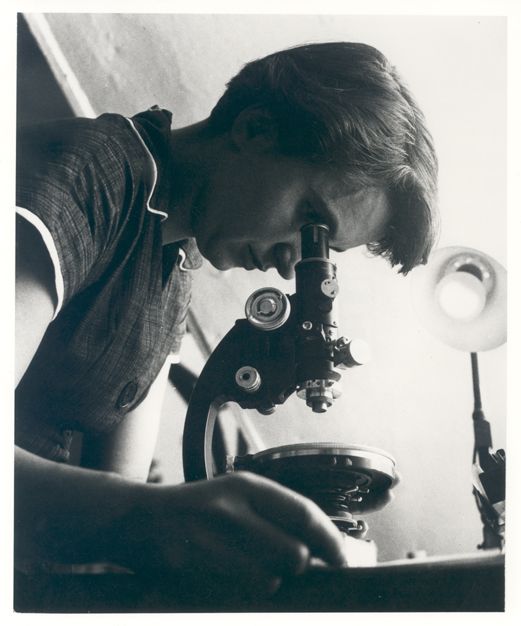How Rosalind Franklin Was Spliced Out of Science Glory
The controversial heart of Rosalind Franklin's story pulsates around “Photograph 51,” the iconic image capturing the elusive double helix structure of DNA. Unbeknownst to her, colleagues James Watson and Francis Crick covertly used this groundbreaking photograph as their blueprint.

In the annals of scientific discovery, Rosalind Franklin remains an unsung heroine. Born in 1920 into an upper-class Jewish family in London, Franklin exhibited a passion for science from a young age. She went on to study natural sciences at the prestigious Cambridge University, completing her PhD on the combustion of coals—a testament to her early scientific prowess. However, it was her later work on the structure of DNA that would secure her a place in the scientific pantheon, albeit posthumously and without the recognition she so deeply deserved.
Franklin's career trajectory took a significant turn in 1950 when she received a fellowship to conduct research at King's College London. But navigating academia in the early 1950s was a precarious endeavor for women. Despite her impeccable qualifications and dedication, Franklin faced blatant gender discrimination. The instance of her being denied access to the faculty lounge for a cup of coffee seems innocuous enough, but it underscores the daily humiliations she faced in a male-dominated field. When Franklin dared to object to these disparities, she was dismissively labeled as a “feminist” who focused on “trivialities”—a narrative that served to sideline and diminish her contributions.




